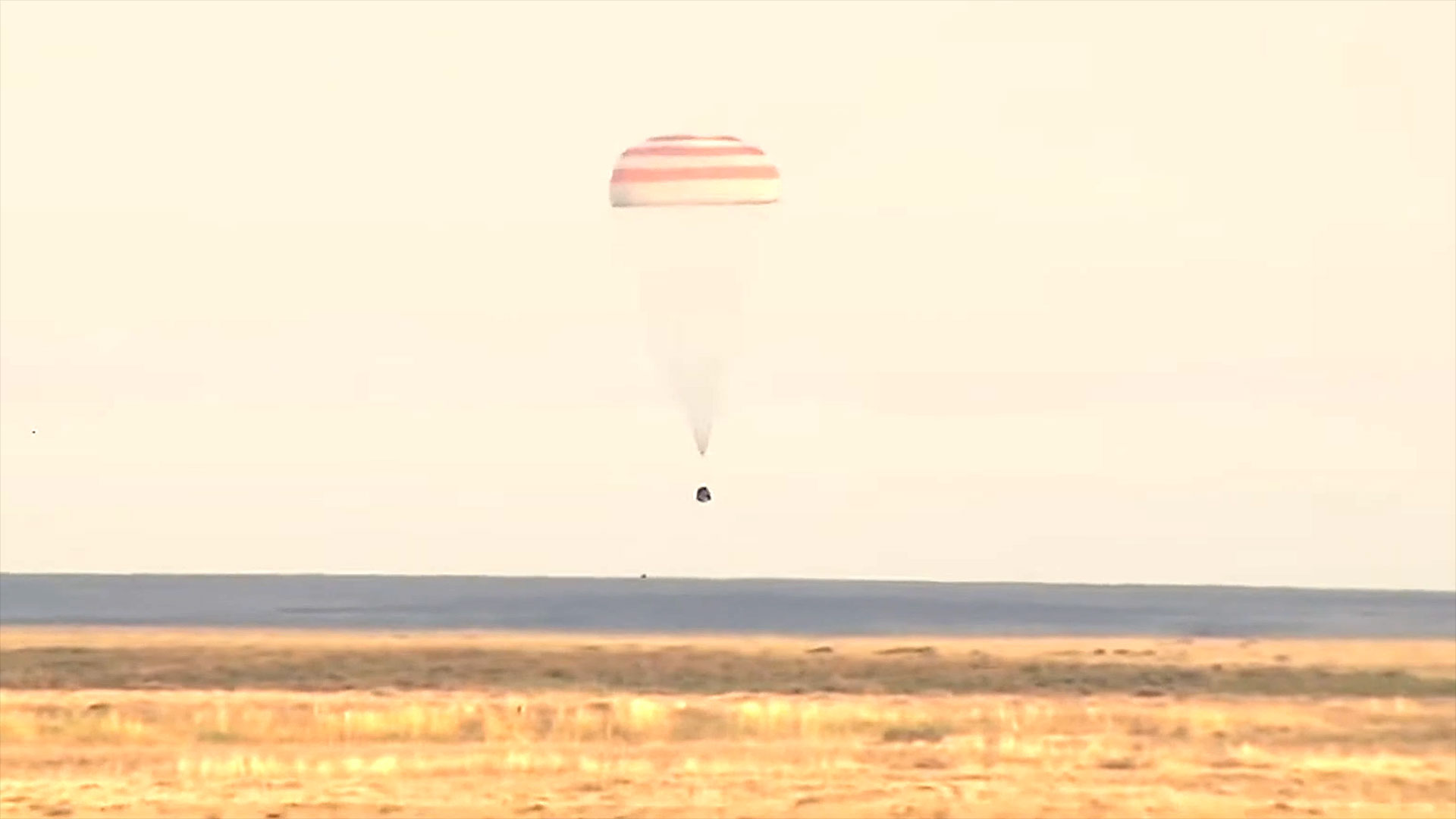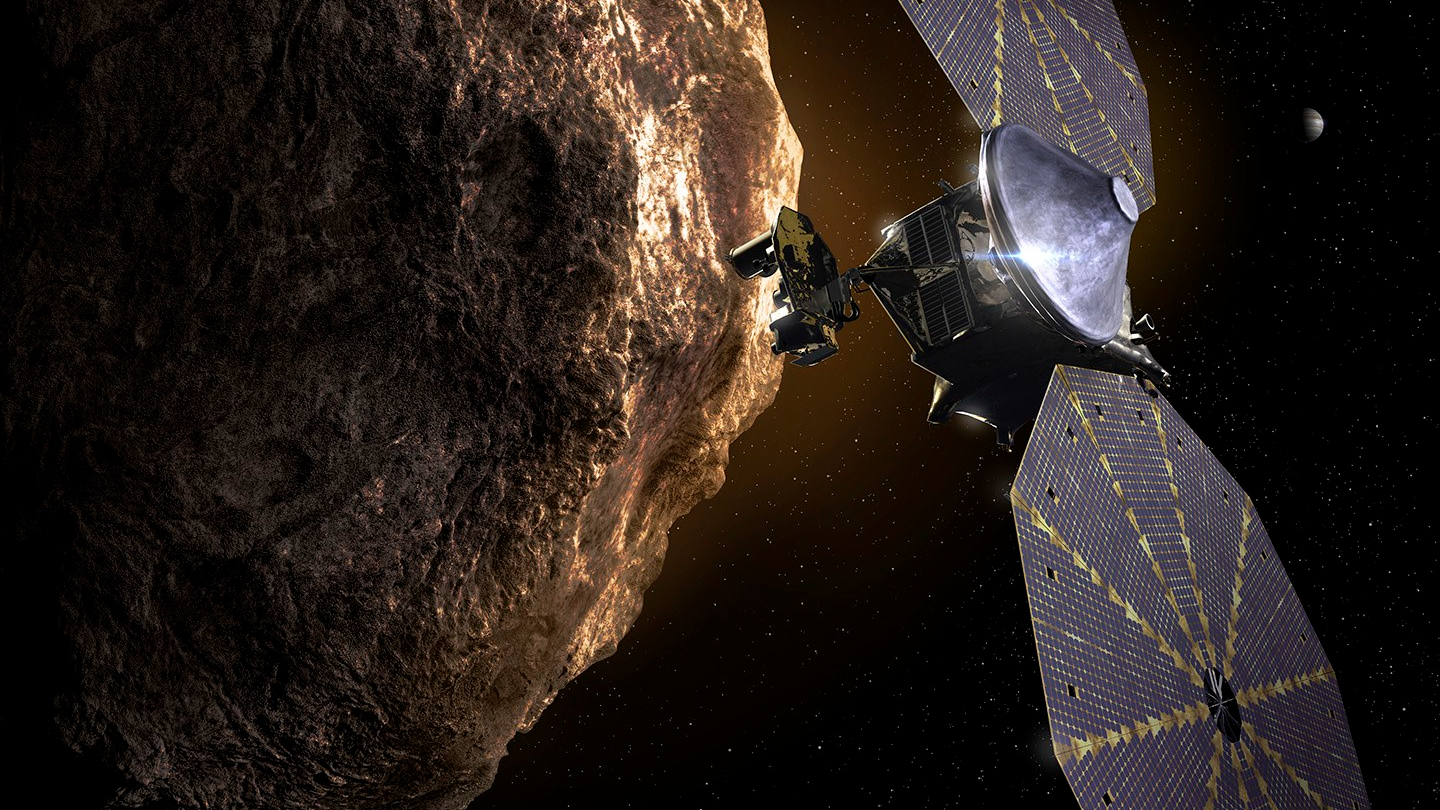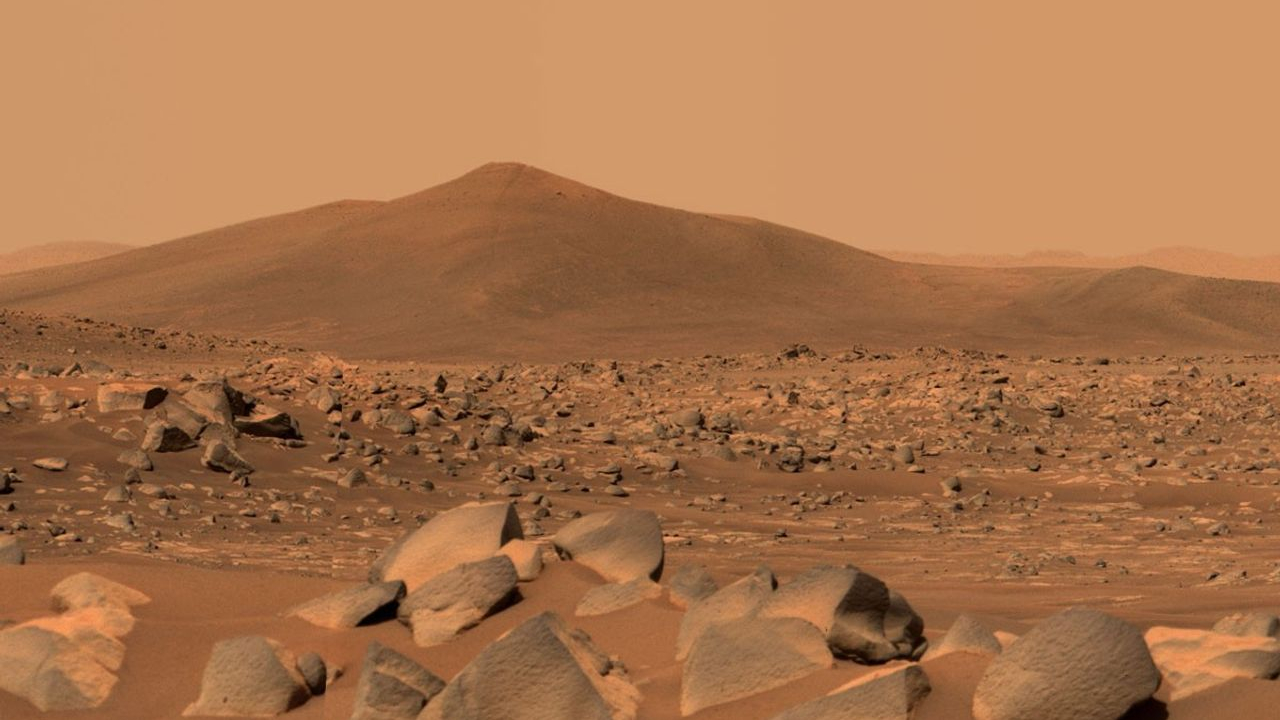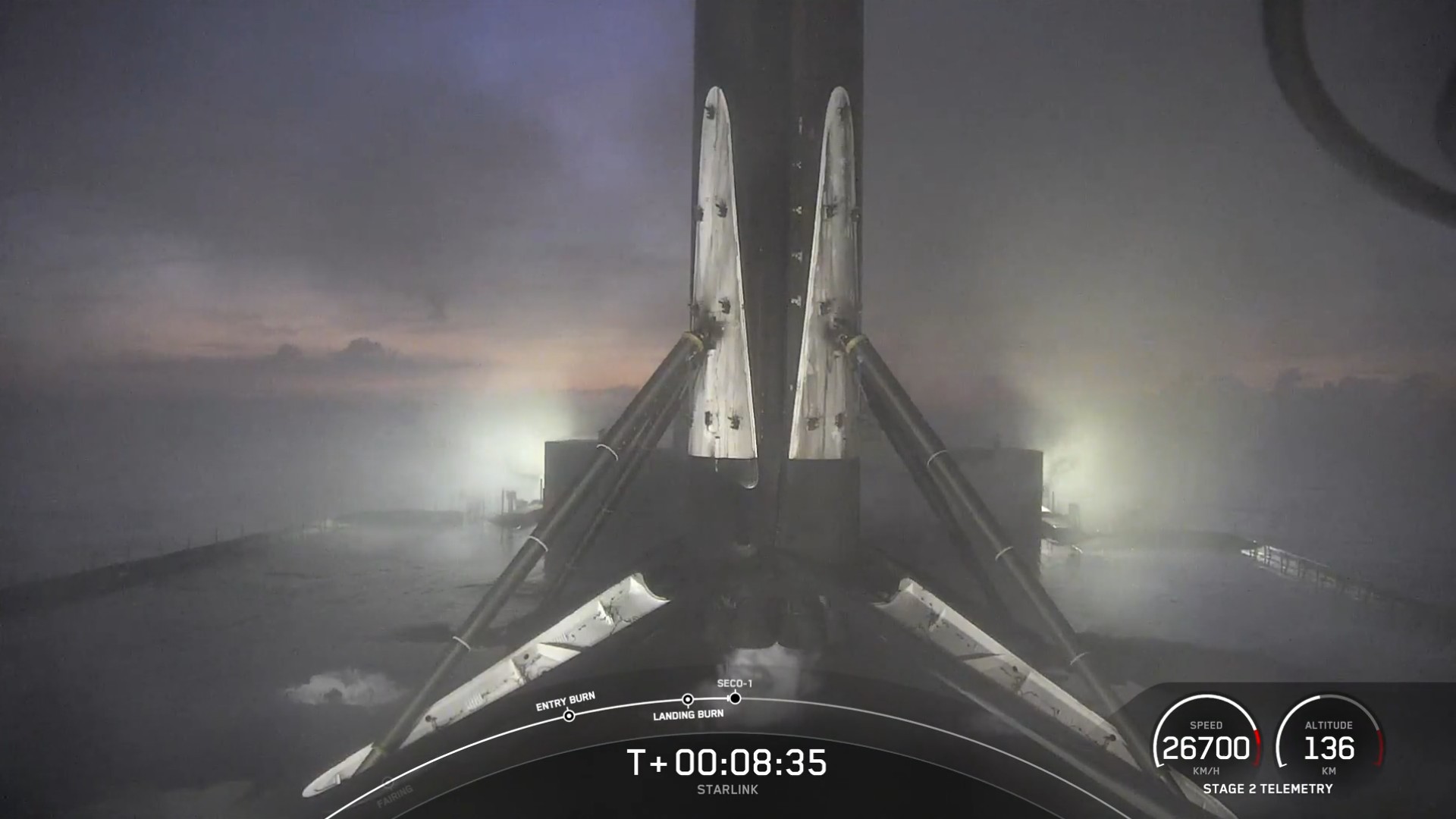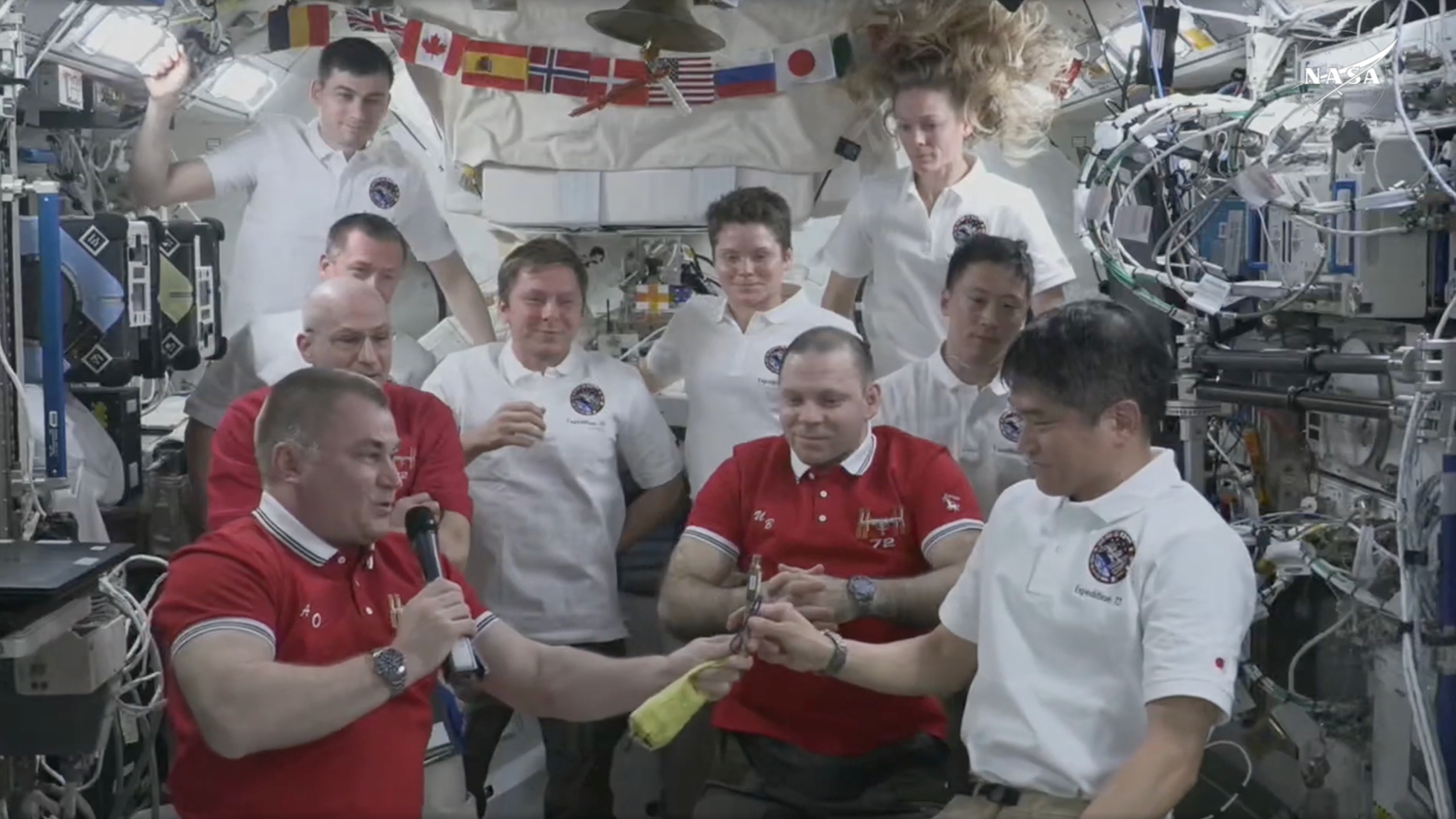Could Alien Life Cling Beneath the Icy Ceilings of Frigid Ocean Moons?

Alien life could potentially exist on the undersides of the icy shells of Jupiter's moon Europa and other frozen worlds thanks to the intersection of chemical energy rising up from hydrothermal vents on the ocean floor and oxidants diffusing down from the surface, new research suggests.
Global oceans exist hidden beneath the icy crusts of bodies such as Jupiter's moons Europa, Ganymede and Callisto, and Saturn's moons Enceladus and Titan. Unlike Earth's oceans, which are heated from above by the sun, these vast water bodies are likely warmed from below by hydrothermal vents in the seafloor.
One potential source of the key building blocks of life in these hidden oceans could be chemical reactions between the seawater and the seafloor or the hydrothermal vents. Heat from hydrothermal vents would churn these waters, shuffling microbes and nutrients upward. [6 Most Likely Places for Alien Life in the Solar System]
Astrobiologist Michael Russell at NASA's Jet Propulsion Laboratory in Pasadena, California, and his colleagues suggest that where an icy crust and a hidden ocean meet in a frozen world such as Europa, these two sources of the building blocks of life could join together and potentially support the evolution of life. At the underside of Europa's icy crust, they suggest a shallow biosphere — a network of ecosystems — can form.
"All the ingredients and free energy required for life are all focused in one place," Russell said.
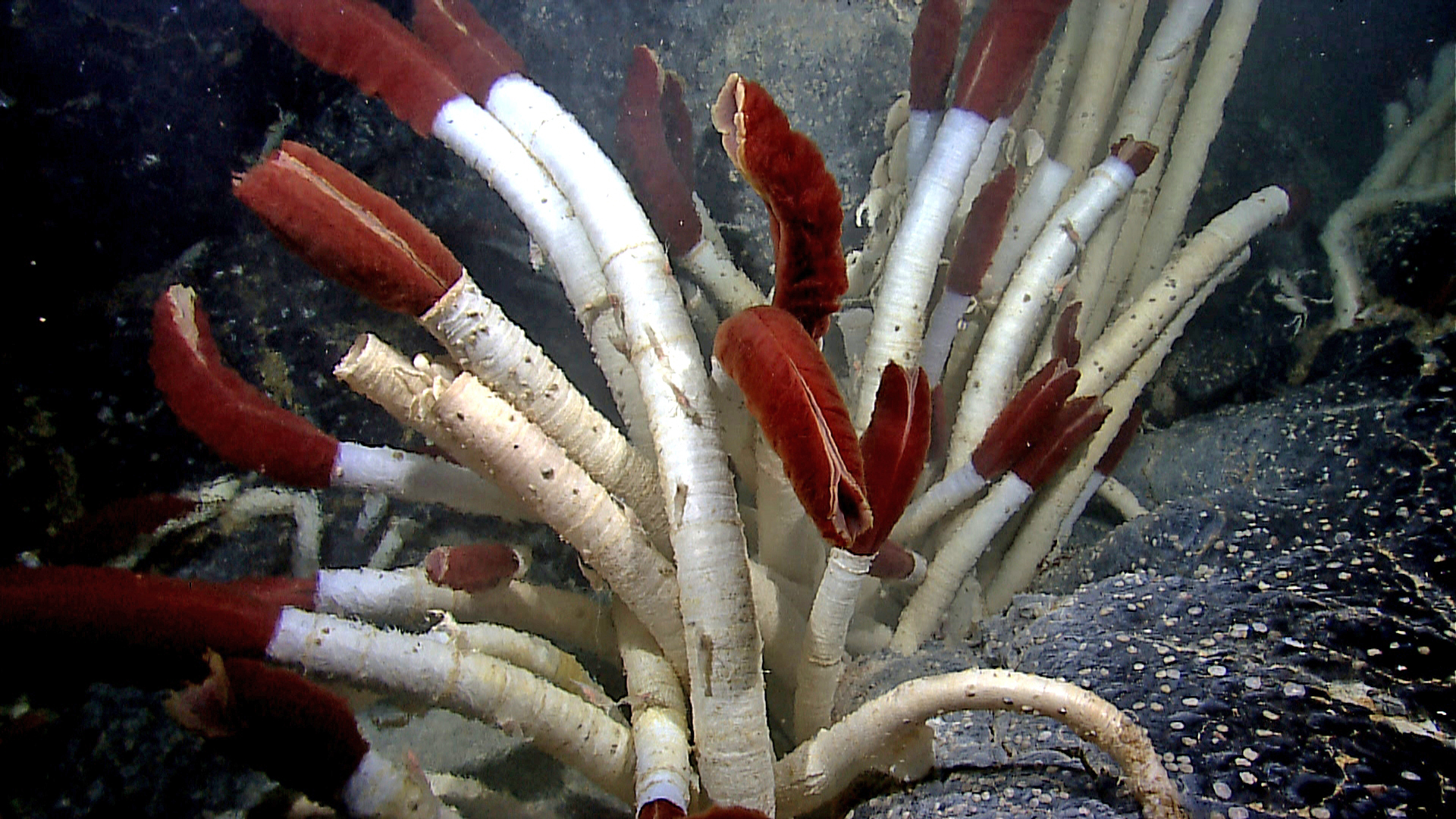
The scientists detailed their research in a published paper in the journal Astrobiology.
The scientists noted that the layers where ice and water meet can support a wide variety of life on Earth. Dense communities of multiple species of algae, bacteria, protists and even multicellular invertebrates form annually under the sea ice near Antarctica when ample sunlight fuels the photosynthesis of the algae. Also, runoff from the sulfurous Gypsum Springs on Axel Heiberg Island in the Canadian High Arctic is home to streamers of bacteria under the cover of snow and ice.
Get the Space.com Newsletter
Breaking space news, the latest updates on rocket launches, skywatching events and more!
The researchers suggest their findings could help focus the search for any life on Europa by using robots to explore the undersides of icy crusts. They add that, on Europa, microbes could reach densities comparable to microbial mats on Earth.
"If we were to find life on Europa, then that would strongly support the submarine alkaline vent theory," which suggests that life on Earth originated near underwater alkaline hydrothermal vents, Russell said.
Russell's research was supported by the NASA Astrobiology Institute.
This story was provided by Astrobiology Magazine, a web-based publication sponsored by the NASA astrobiology program. This version of the story published on Space.com.
Join our Space Forums to keep talking space on the latest missions, night sky and more! And if you have a news tip, correction or comment, let us know at: community@space.com.

Charles Q. Choi is a contributing writer for Space.com and Live Science. He covers all things human origins and astronomy as well as physics, animals and general science topics. Charles has a Master of Arts degree from the University of Missouri-Columbia, School of Journalism and a Bachelor of Arts degree from the University of South Florida. Charles has visited every continent on Earth, drinking rancid yak butter tea in Lhasa, snorkeling with sea lions in the Galapagos and even climbing an iceberg in Antarctica. Visit him at http://www.sciwriter.us

